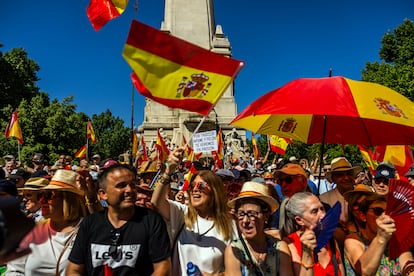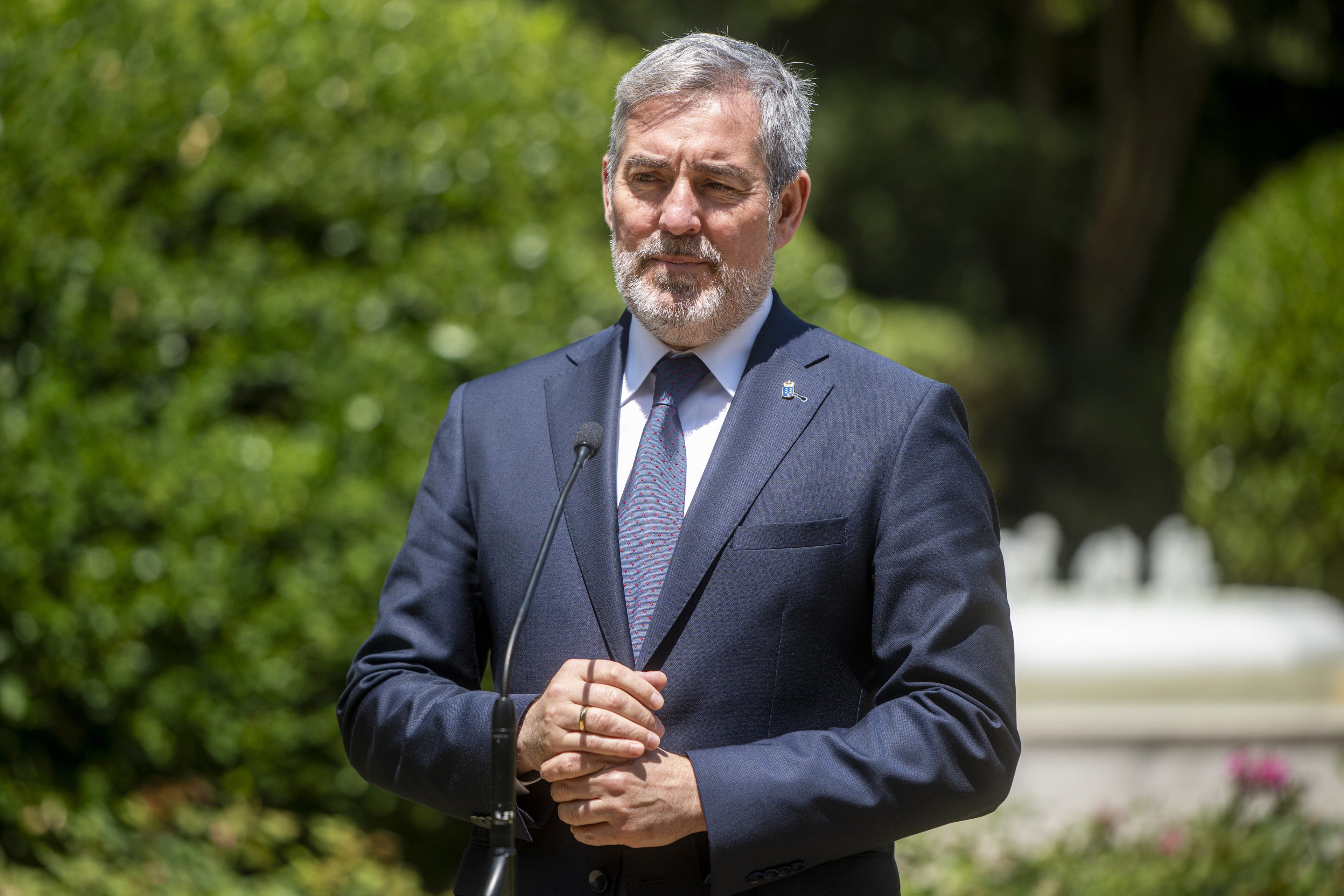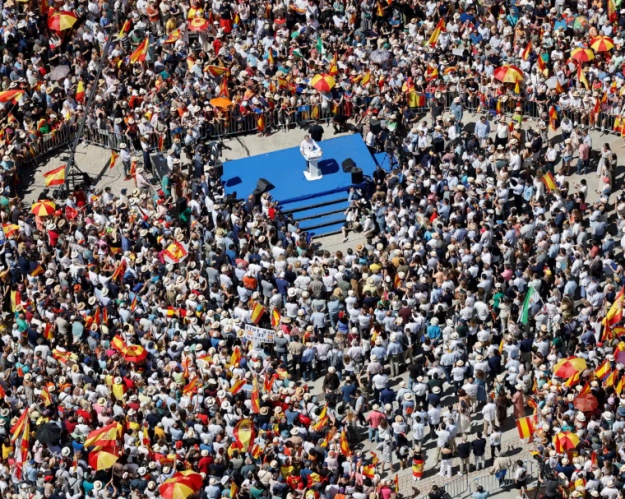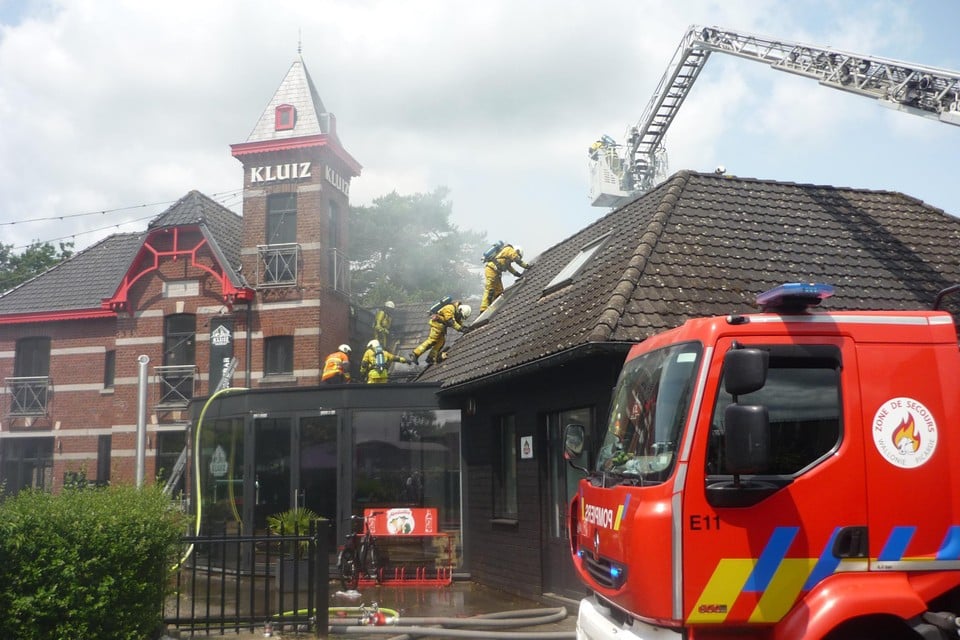Two hundred years to decipher an ambush | Spain
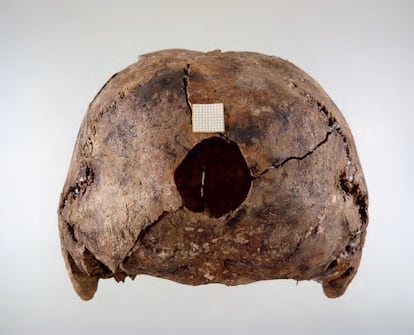
In 2014, by repaireding a water conduction that crossed the dense and bucolic forest of El Carrascal, in Unzué (Navarra), the operators ran into what looked like two human skeletons a few centimeters from the surface. The Civil Guard specialists, the Navarro Institute of Legal Medicine and the Historical Heritage Service of the General Directorate of Culture of Navarra appeared at the scene. What, in principle, seemed to be a common grave of the Civil War (1936-1939)-the bones of the deceased showed bullet impacts, body and limbs-it was actually War of Independence (1808-1814). In total, the skeletons of ten people were found.
The report Exhumation of a common grave of the War of Independence in the Carrascal, Posted in the magazine Archeology works of Navarra, Leave a question in the air: is it the same ten Napoleonic soldiers who were arrested in the forest by the guerrilla José Mina and taken to a Castle of Lleida, as the historiography says or, in reality, these were killed after surrendering in the same place of the confrontation? Experts Raquel Unanua, Rune Heritage Management; Lourdes Herrasti, of the Aranzadi Science Society; Igone Etxeberria, from the Donostia University Hospital; Francisco Etxeberria, from the University of the Basque Country, believe they have resolved the mystery.
After the brutal and unexpected Napoleonic invasion of Spain, “In Navarra, as in other regions, the guerrilla strategy was implemented as a formula to develop armed resistance, playing, in all conflict, the same role: hosting the enemy, attacking all kinds of convoys, intercepting correspondence or correspondence or Disseminate resistance Given the occupation, ”recall the researchers. The guerrilla actions began at the end of 1808, from the French occupation, after the defeat of General Francisco Javier Castaños in Tudela, on November 23, 1808, and Zaragoza’s final shot In February 1809. His way of action was based on dispersion, distributed in small games that managed to confuse the landscape and reappear shortly after by surprise in the less thoughting place.
Among the first guerrillas of Navarra was the departure of the mobile shotguns of Andrés Eguirre, appointed by the laureate José Palafox. However, due to his lack of discipline, haughty and insolence he was dismissed. It would be Javier Mina, he Student either The waiter (1789-1817), who replaced it and organized the armed resistance, creating in July 1809 the guerrillas of the Terrestrial Corsican, with the support of the military authorities.
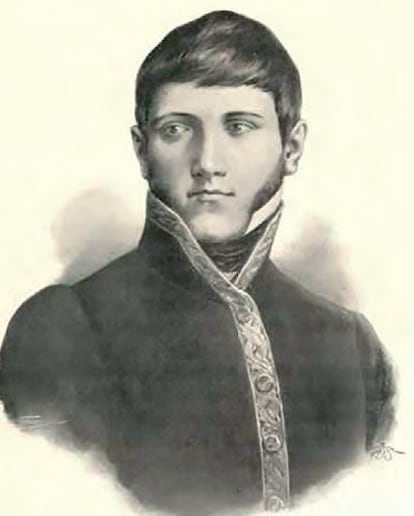
Initially composed of 12 men, it ended with more than one thousand guerrillas, mostly farmers, artisans, servants, military, ecclesiastics, students, foreigners and deserters of the French army. Its radius of action included the Royal Camino de Pamplona, the city of Tafalla and the Forest of El Carrascal. The terrestrial Corsican remained active between 1809 and 1810, until Mina was arrested and transferred to France.
The historian Francisco Miranda recalls that on August 12, 1809, Mina, with twelve men made an ambush in the Carrascal on ten French gunners, « whom he captures and moves to Lleida. » « Mina and theirs had sprouted from their hiding place and threw themselves on top of the gunners with fury size, who not only restored all movement, but it was not even necessary to shoot at the ten enemies – because they were ten – they gave up the weapons and delivered. » The mine of mine, the military Francisco Espoz and Mina, in his Memoirs, confirmed these facts.
The specialist’s report indicates that “the heroic narration of this episode does not hide a certain analogy with the discovery of the common grave, coinciding with the number of individuals, space and place. But, the story of the facts contradicts the discovery itself, a simultaneous burial of ten individuals whose anthropological study establishes that all present injuries by firearm, whose location, distributed in all the body By anterior face as posterior, he guides an ambush in which the French soldiers were surprised by the rapid attack. ”
The deceased, according to anthropological studies, were between 16 and 25 years old and presented 22 bullets, six of them in the back,-four of the progress projectiles have been found, which were introduced through the mouth of the weapon.
Specialists have “as an initial hypothesis, in terms of probability, the possibility that it is one of the first actions carried out by the guerrillas of the Corsican Land under the command of Javier Mina The student, On August 12, 1809, with the ambush on ten French gunners. « Remember that » few references on this action report that they were not attacked with firearms, being arrested, when surrendered and sent to Lleid Killed, and the indeterminacy offered by documentary sources does not close this option. ”
And they conclude: « By order in the deposition (buried all together and linear) and its location close to the road, very close to where the facts were produced, the neighbors of the area were possibly buried and not the perpetrators. » They pumped from them, although they did not leave them a single object. They were times of war.

